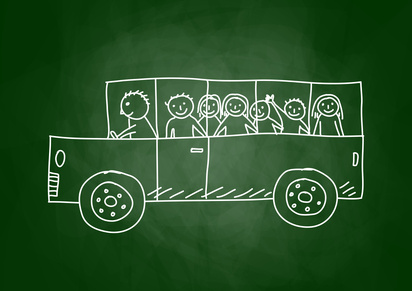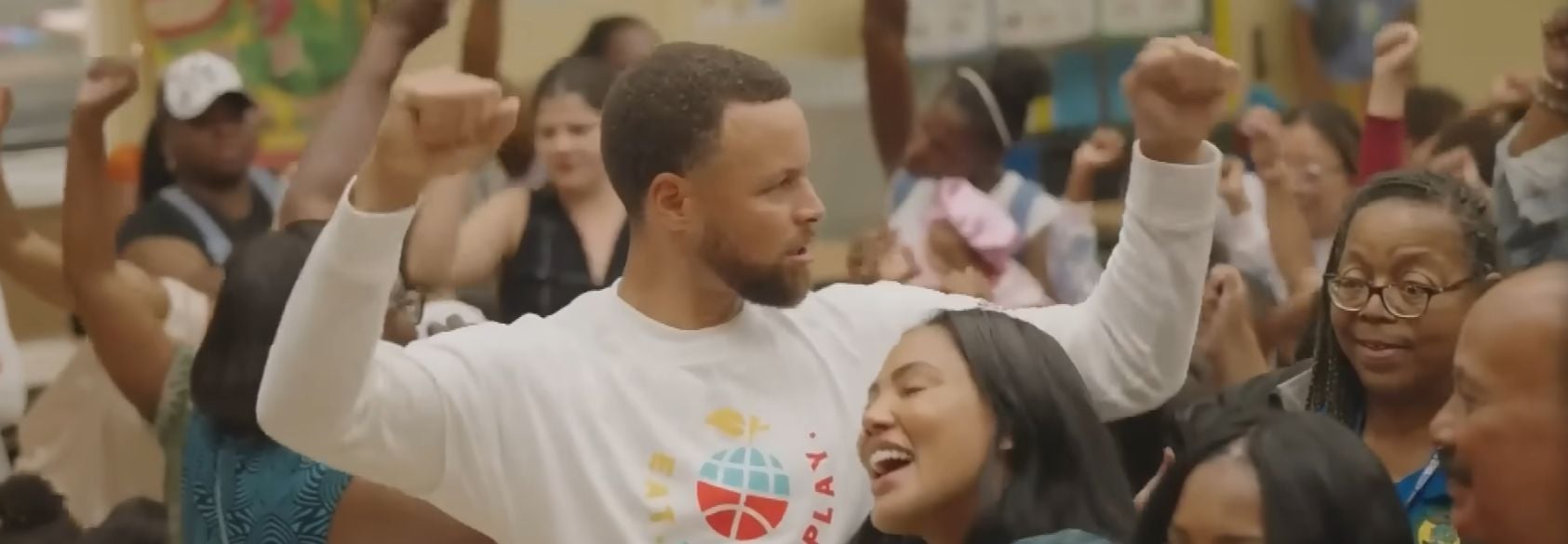Someone who is reading this right now is trying to figure out how he will make it from room 123 to room 207, with a cart, using the “it-only-works-sometimes”’ elevator. Someone else is trying to move her entire classroom in a day due to a last-minute change. Others of you might be stressed and doubting whether you have time to read this because you now are teaching a new grade level—or subject. Don’t get me wrong. These are absolutely worth planning and strategizing over—I’ve been there for every one of these scenarios. However, let me point out something you already know: Students don’t really care about any of those things. They care about you and how you make them feel. They want you—and their classmates—to like them. They care about not feeling alone, scared or threatened. They care about knowing where they are going, who they are sitting with and not wanting to be embarrassed. In short: They care about themselves. And, developmentally, they can’t help it. So, as educators, it is our job to acknowledge these needs, and let the content and curriculum make its appearance only after everyone has had a chance to let out that collective sigh of relief that all is right with their classrooms.
If you think this all sounds a little touchy-feely, you’d be right. And, confession time, I haven’t always paid as much attention to this as I should. But now that I have kids of my own, and I’ve watched them go to school, I realize that I had it all wrong. Neither of my children ever came home and said, “You should have seen my teacher’s lesson plans! They were a full month ahead.” Nope. They never said, “She walked in a minute after the bell rang.” Nope. Here’s what I’ve heard: “She was so funny. We tried to balance cups on our heads.” And, “She had this trick to remember all our names!”
Luckily, there are teachers out there who are simply amazing at reeling the kids in, making them feel as if they are part of something special from day one. My goal for this year is to wow my students by creating a classroom vibe that doesn’t take them three weeks to pick up on. I turned to my Share My Lesson friends and found my plan. I’ll tell you about it, but it is well-worth searching around for your own plan.
I found my inspiration with Share My Lesson's content partner, Peace First. Initially, I found an activity that would help my students learn how to identify with one another. Like it or not, students are not entirely there to hang on our every word. They are much more interested in each other, and until we make that work, they won’t give us much of their attention. The activity is called "Stand Up, Sit Down," and it’s as simple as it sounds. Teachers create a list of descriptors, such as “I am the youngest in my family” and “My favorite color is blue” and “I walked to school today.” I’m going to put these statements in a PowerPoint or create a Haiku Deck of them. Students stand up if the statement applies to them, or sit down if it doesn’t.
Clearly, the activity isn’t very sophisticated, but the lesson plan makes it obvious that the power in the lesson is the debriefing that follows. Students need to recognize that they share common attributes and “fit in.” This will take about 10 minutes. I’ll be teaching seventh- and eighth-graders, so they’ll catch on pretty quickly. I imagine that elementary students would need more time to process. Once my students are relaxed, I can move on to an activity to build community. I usually have the students sit at tables; each table becomes what I call a “resource team.”
The activity is also from Peace First, and it is to build a Marshmallow Tower. I found this activity on the organization’s Tip Sheet. This one is also pretty simple, but the teamwork involved with the resource groups will set the tone for the rest of the year. Each group will be given 40 marshmallows, a paper plate and 20 toothpicks. The goal? Create the tallest freestanding structure in 10 minutes. We’ll measure, and the winning team will receive a small prize, which is usually letting the winners leave class 30 seconds to a minute earlier than everyone else. Believe it or not, this is a huge motivator. As I said, they really are there to see each other, and that’s about the extent of my bribery. (I know. I’m a rebel.)
Like the other activity, this is an important situation to debrief. What went well? What failed? Did the first attempt work? Did the group assign a leader? How did members of the group work together? Or, did they not work together? These conversations lay the foundation for excellent teamwork all year. The activities are engaging, fun and student-centered. The content and curriculum will be there the second week of school; and, if I play this right, I’ll still have the students’ attention then, too.
If you are feeling that this is a little too broad, or if you are a new teacher needing more directions, check out the American Federation of Teachers Classroom Management Tip Sheet. It will help you prepare for that big first day. And don’t forget—all the kids want is for you to like them and make them feel comfortable in your classroom.











